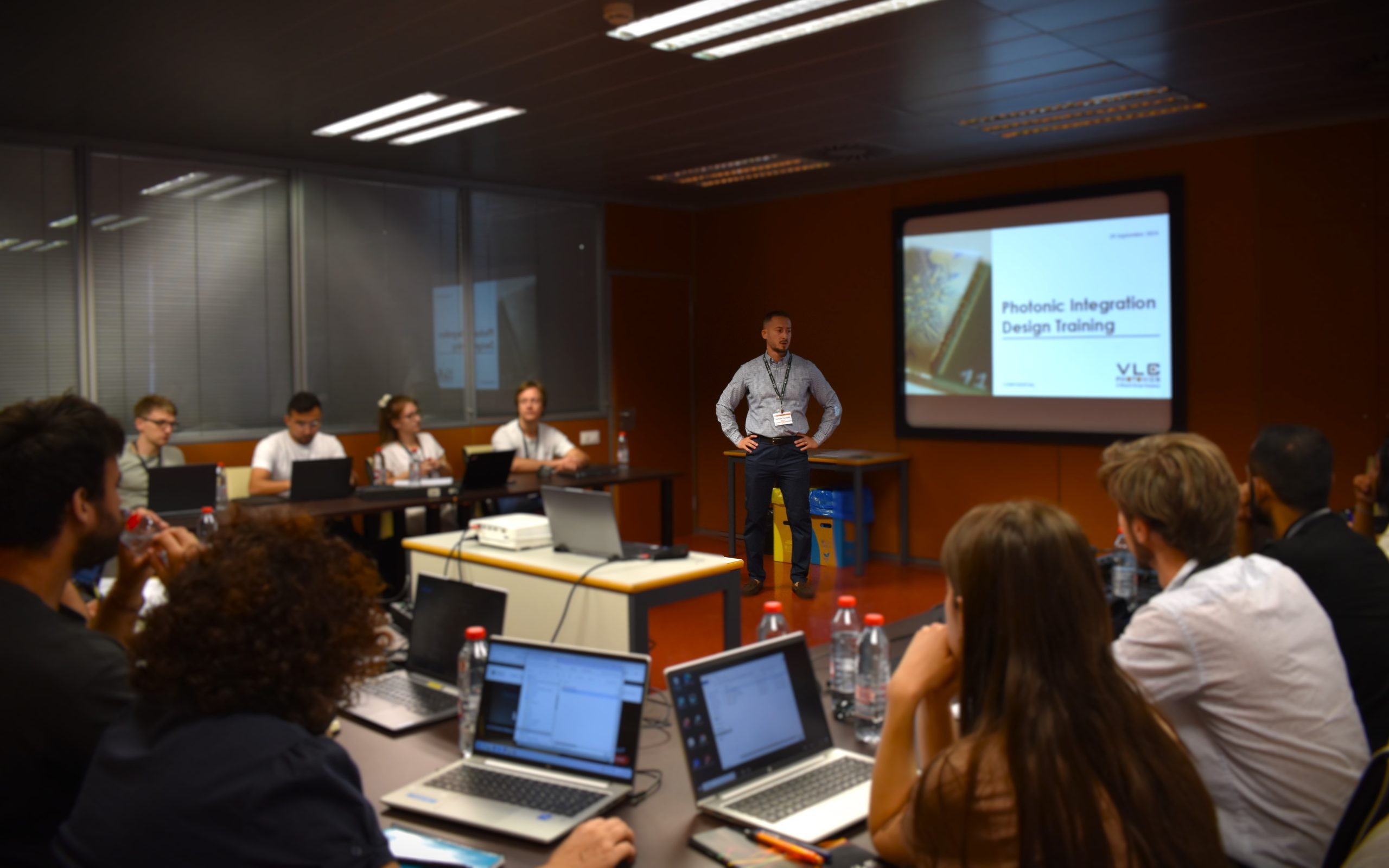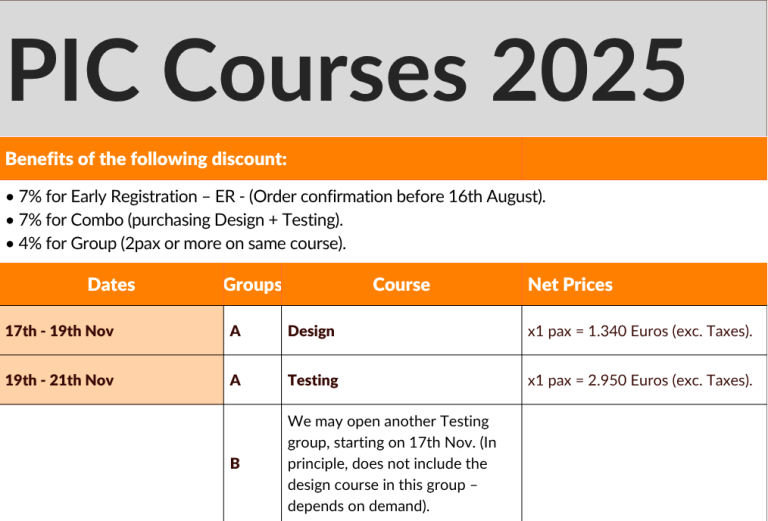The PIC Design Course is an in-person course hosted in the campus of Politechnical University of Valencia. The program provides a dynamic and practical lecture that combine a 3 days hands-on session, supported by the experts at VLC and selected software partners(TBD).
The PIC Design course is covering the physical concepts of the optical blocks, the implementation on software, practical example for hands-on simulation as well as experience with the software tools for high-level system validation, use of compact models, and circuit layout.

This approach is the most effective in terms of having a first introduction and contact to practical skills, surrounded by many other attendees that can provide good insights and questions. The course creates the conditions to indirectly tackle topics related to software solutions, design rules and intricacies with PIC manufacturing, maturity level and performance repeatability for building blocks in PDK, general design recommendations with passive and active structures, design and modelling of custom elements such as AWG (Arrayed Waveguide Gratings), etc.
Besides, participants will have the chance to fabricate with a discount at an upcoming multi-project wafer run in the Silicon Nitride platform of the CNM foundry.
You may also be interested in our PIC Testing Course
The PIC Design Course is proudly sponsored by Photon-HUB.
For more details:
PIC Design Course at VLC Photonics | Innovation academy | PHOTONHUB Ecosystem


